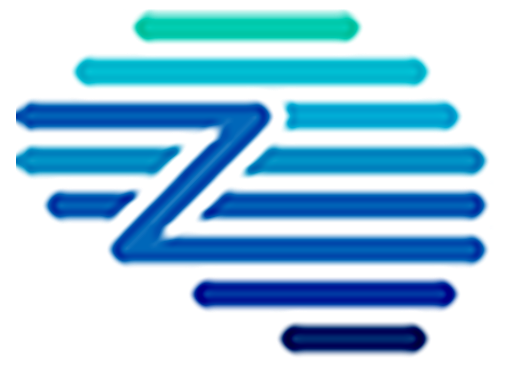Supplier Sourcing is the process of identifying, evaluating, and engaging suppliers to provide goods and services. It involves assessing supplier capabilities, negotiating terms and conditions, and establishing supplier relationships to ensure quality, cost-effectiveness, and reliability in fulfilling procurement needs.
Key Benefits
– Cost Efficiency: Supplier sourcing helps organizations achieve cost-effectiveness by identifying and engaging with suppliers who offer the best value in terms of pricing, quality, and service levels.
– Risk Mitigation: By thoroughly vetting suppliers, procurement teams can minimize risks associated with supplier failure, such as delivery delays or non-compliance with contractual terms.
– Strategic Negotiations: Through the use of AI-driven insights and historical data, supplier sourcing facilitates better negotiation outcomes, ensuring terms that align with an organization’s strategic goals.
– Enhanced Supplier Relationships: Sourcing enables the cultivation of stronger relationships with suppliers, leading to better collaboration, innovation, and mutual growth opportunities.
– Operational Efficiency: By automating routine sourcing tasks, teams can reduce the time and manual effort required to manage supplier interactions, allowing them to focus on more strategic activities.
Related Terms
– Cost Efficiency: Supplier sourcing helps organizations achieve cost-effectiveness by identifying and engaging with suppliers who offer the best value in terms of pricing, quality, and service levels.
– Risk Mitigation: By thoroughly vetting suppliers, procurement teams can minimize risks associated with supplier failure, such as delivery delays or non-compliance with contractual terms.
– Strategic Negotiations: Through the use of AI-driven insights and historical data, supplier sourcing facilitates better negotiation outcomes, ensuring terms that align with an organization’s strategic goals.
– Enhanced Supplier Relationships: Sourcing enables the cultivation of stronger relationships with suppliers, leading to better collaboration, innovation, and mutual growth opportunities.
– Operational Efficiency: By automating routine sourcing tasks, teams can reduce the time and manual effort required to manage supplier interactions, allowing them to focus on more strategic activities.
References
For further insights into these processes, explore Zycus’ dedicated resources related to Supplier Sourcing:
White Papers
Master the UK Procurement Act 2023: Ensure Compliance & Drive Procurement Excellence

Filter by
Compliant Invoicing
Compliant Invoicing refers to the process of generating, submitting, and managing invoices in adherence with legal, regulatory, and contractual requirements.
Continuity Plan
A Continuity Plan is an organized set of policies and procedures designed to ensure that a company’s essential operations can
Cost Modeling
Cost Modeling in procurement refers to the analysis and estimation of the total cost of ownership of a product or
Contract Audit
Contract Audit is a systematic evaluation of agreements and related documentation to ensure compliance with contractual terms, identify discrepancies, and
Procurement Cycle
The Procurement Cycle refers to the end-to-end process through which an organization identifies its needs, sources suppliers, negotiates contracts, places
Procurement Master Data Management
Procurement Master Data Management is the disciplined approach to managing core, consistent procurement information, including supplier, product, and contract data,






















































